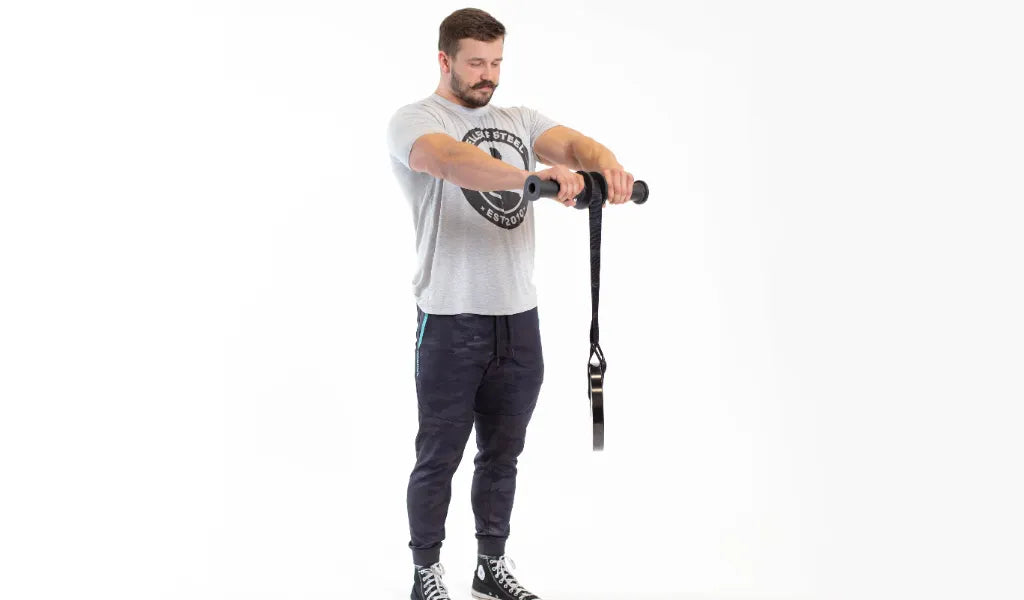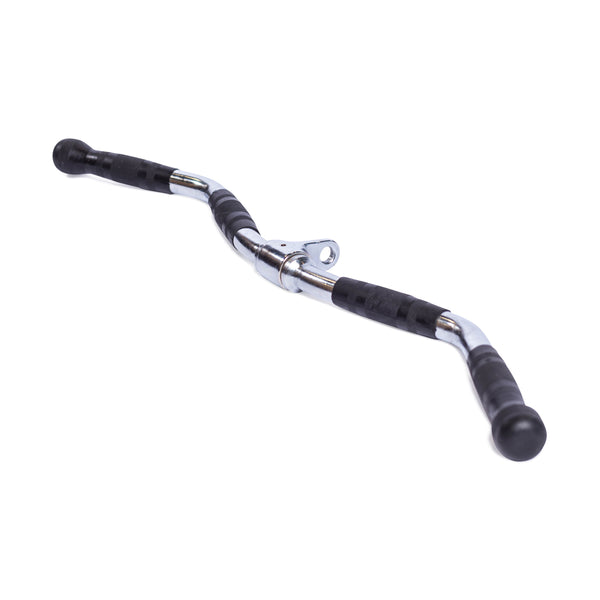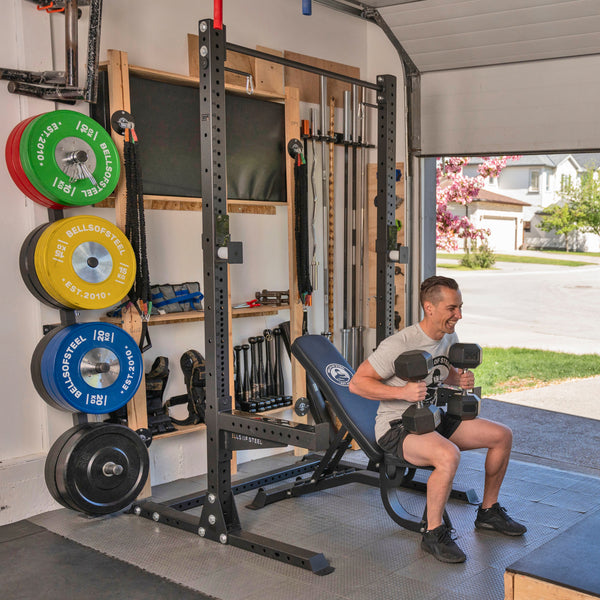A wrist roller might look like a simple piece of gym equipment—just a rod with a rope and weight dangling—but don’t let its minimalist design fool you. This compact tool delivers serious gains for grip, forearm, and wrist strength.
Whether you're training for better performance in sports, crushing your deadlift PR, or just looking for thicker forearms, the wrist roller deserves a spot in your training routine.
In this post, we’ll dive into exactly what a wrist roller works, how to use it effectively, and why it’s a must-have for serious lifters and athletes alike.
What Does a Wrist Roller Work?
The wrist roller primarily targets the forearm muscles, specifically:
-
Flexor muscles (on the underside of your forearm): These control wrist flexion, finger gripping, and some elbow movement.
- Extensor muscles (on the top side of your forearm): These control wrist extension and stabilize your wrist during lifts.
Secondary muscles engaged include:
-
Biceps: While not the focus, you’ll feel your biceps working isometrically to stabilize your arm as you roll the weight up and down.
- Shoulders and upper traps: These muscle groups help keep your arms elevated and stable throughout the movement.
In short, the wrist roller is a direct assault on the grip, wrist, and forearm complex, delivering hypertrophy and endurance gains that translate to almost every area of training and performance.
Why the Wrist Roller Works So Well
What sets the wrist roller apart is constant time under tension. Unlike traditional lifts where the tension fluctuates or rests between reps, the wrist roller creates a continuous burn from the moment you start rolling.
Here’s what makes it such a killer tool:
-
Isometric upper body stabilization: Holding the roller in front of you activates stabilizers throughout your shoulders and traps.
-
Increased grip endurance: Since the hands never let go of the roller, your grip strength is pushed to its limits.
- Versatile progression: Add weight plates to the rope for progressive overload as your forearms get stronger.
Pro Tips for Better Results
-
Use a timer: Instead of counting reps, aim for time-under-tension (e.g., 30–60 seconds per set).
-
Train concentrically and eccentrically: Slowly lower the weight to maximize eccentric loading.
-
Don’t overtrain: The forearms recover slower than larger muscle groups, so 2–3 wrist roller sessions per week is plenty.
Final Thoughts
Whether adding it to your arm day finisher or using it to warm up before heavy pulls, the wrist roller is a small investment with big returns in strength, control, and muscular development.




